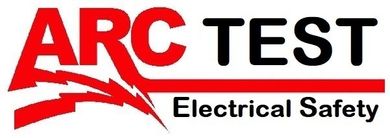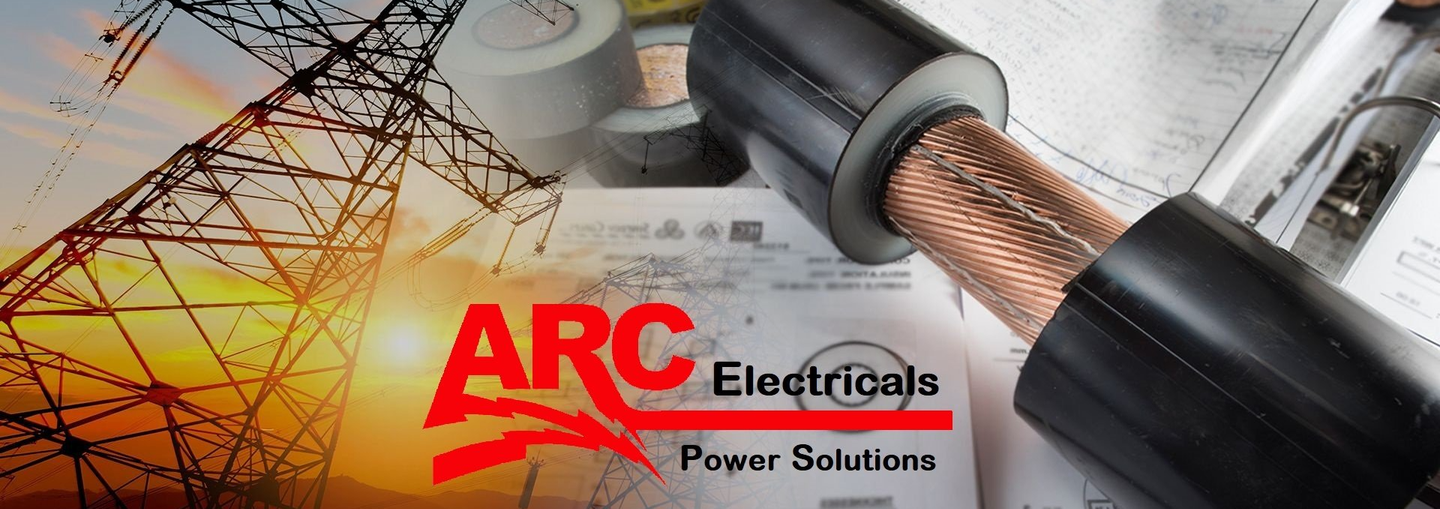
Slide title
Write your caption hereButton
Slide title
Write your caption hereButton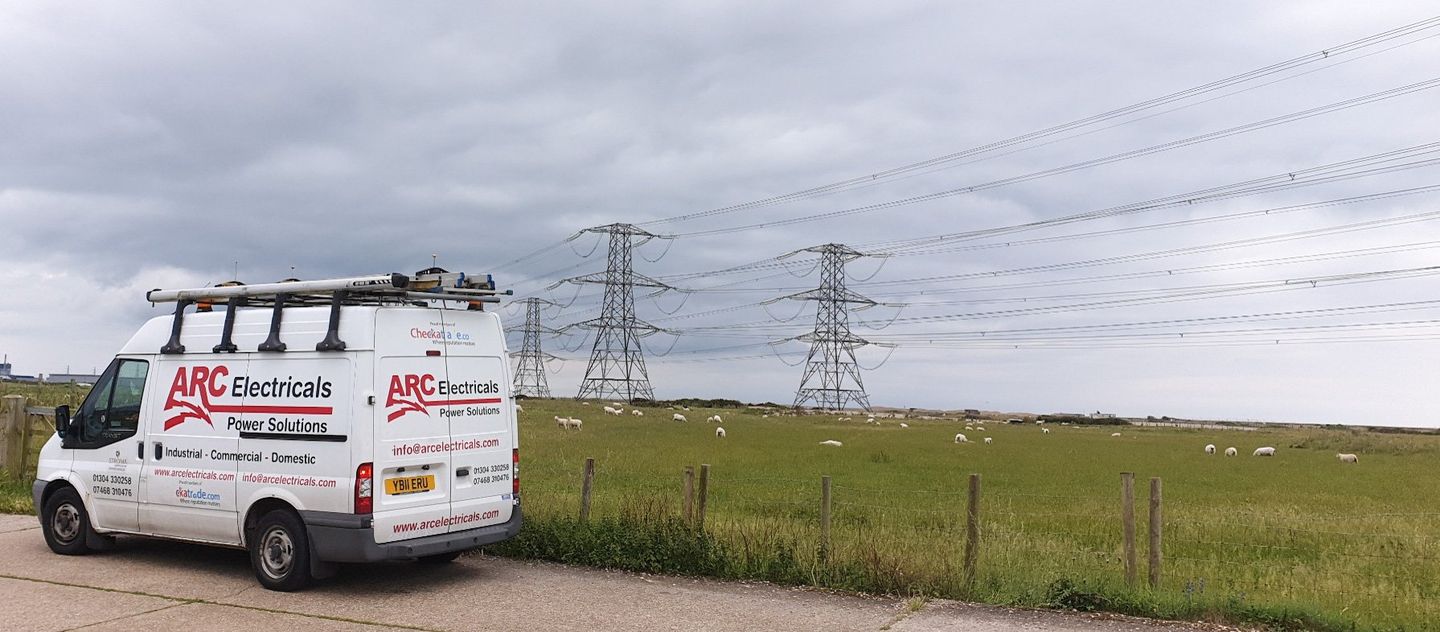
Slide title
Write your caption hereButton
Slide title
Write your caption hereButton
Slide title
Write your caption hereButton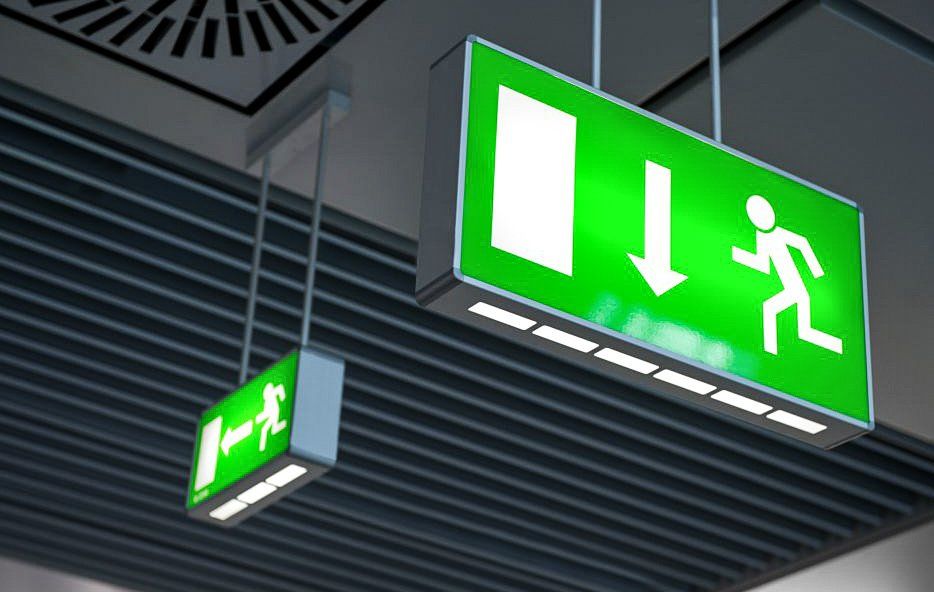
Slide title
Write your caption hereButton
Slide title
Write your caption hereButton
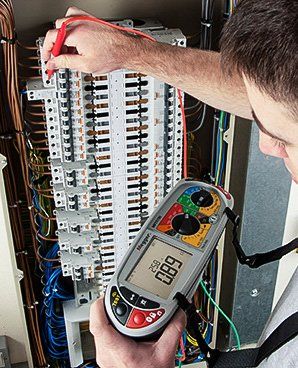
Electrical Condition Report
All electrical installations deteriorate with age and use. They should therefore be inspected and tested at regular intervals to check whether they are in a satisfactory condition for continued use. Such safety checks are commonly referred to as 'periodic inspection and testing'.
From June 2020, private landlords in England are required to have a periodic inspection carried out on the installations in their rental properties every five years. This has been a legal requirement in Scotland since 2015. Electrical Safety First recommends that these checks are carried out wherever you live in the UK, to ensure the safety of your property and your tenants.
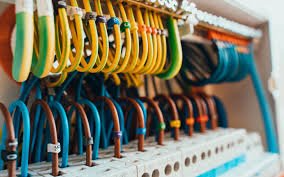
Consumer Unit Upgrade
Do I Need To Update My Fuse Box
Whether you have been living in a house for several decades or have recently moved into an old property, there is a good chance the fuse box (mains board,consumer unit) looks just as old as the house itself. In such situations most homeowners are overwhelmed with a few common questions – Is my fuse box dangerous? Do I need to update my fuse box?
Or Do I need to update my mains board for the sake of safety?
Well, these are the questions most of the homeowners ponder over, but only an experienced electrician is the right person to answer these questions.
When Do You Need To Replace Your Fuse Box?
Like anything in life, technology moves on and with that so does safety . However, since your fuse box is old and was correctly fitted to standard of it’s time.
That doesn’t necessarily mean that you need to upgrade or replace it completely.
But you have to remember that old fuse box’s only trip when they are over loaded. They do not protect against electric shock or other fault conditions as they do not have 30ma RCD’s fitted like a new consumer unit has.
You need to upgrade your fuse box only then if an electrical inspection is performed and the electrician picks out problems with reference to British Safety Standards.
However, if the wiring in your house is satisfactory but your fuse box and earthing to the water and gas are out dated and in need of attention due to safety issues, you should think about having them updated.
The biggest advantage of having a new fuse box fitted is the fact that all current mains boards have to fitted with an RCD or with individual RCBO’S.
Don’t worry if this sounds confusing, you just need to think of an RCD as a really sensitive circuit breaker that is going to trip really fast in fault conditions.
How Long Does It Take to Update A Fuse Box?
New Consumer UnitThe time it takes to change a fuse box can vary from property to property but from my experience it will usually take anywhere up to 4 hours.
In some cases it can take longer if there is a fault on a given circuit, this has to be rectified as the RCD will keep tripping if the fault is not cleared.
In some cases the earthing to the water and gas will need to be upgraded to 10mm green and yellow cable so this will be taken into consideration by the electrician who is carrying out the installation.
Should I Get A Certificate For My New Mains Board?
Yes! When you have a new mains board fitted your electrician should then test every circuit in the house and complete a domestic installation certificate for you and register that job with the relevant electrical scheme and building control.
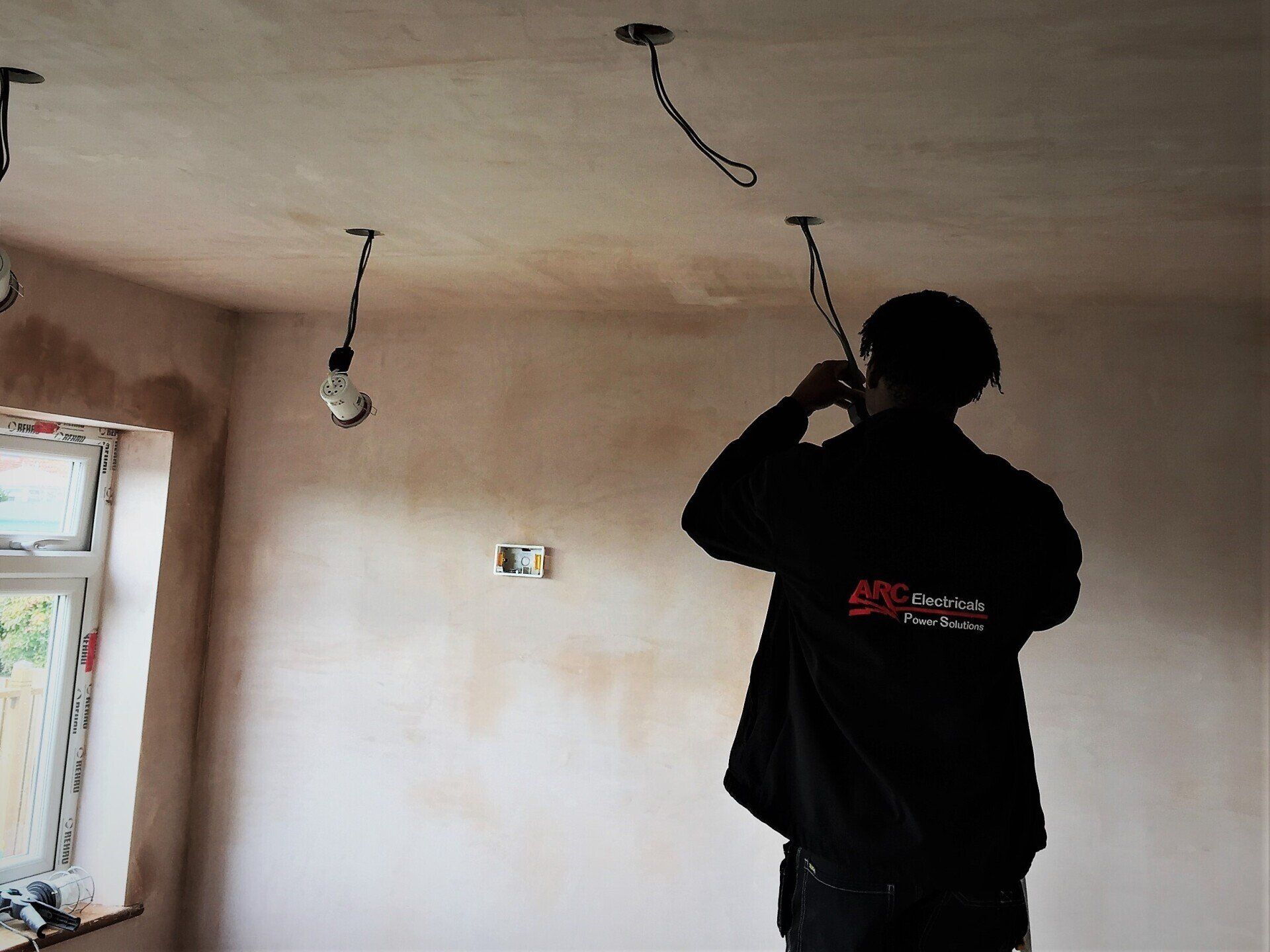
Replacing or updating old wiring
When is rewiring a property necessary?
Rewiring a home can be a major job and expense. But because of the safety hazards of damaged or deteriorated wiring, it may be essential. So how do you know when rewiring is necessary?
There are no hard and fast rules. Simply because wiring is old, doesn’t mean it is unsafe. Wear and tear can vary depending on type of materials and previous usage.
It is recommended that a periodic inspection is carried out by a registered electrician at least every 10 years for an owner-occupied dwelling and five years for a rental property or at the change of tenancy.
A qualified electrician will say if your home needs rewiring and what can be achieved within a specific budget See Electrical Installation Condition Reports
If a property is more than 30 years old and has the original wiring, it is likely to need updating, at least in part, to meet modern standards, including replacing the fuse box with a modern consumer unit. A sign a rewire is necessary, is dated rubber, fabric or lead-insulated cabling. Modern wiring is PVCu coated, coloured grey or white, and twin-earthed.
Old and faulty wiring can cause the entire electrical system to trip frequently or blow fuses or, at worst, spark a potentially lethal house fire or electrical shock.
If you are considering purchasing an older property, check the wiring is safe before buying. An electrician can tell you what work is required to bring it up to current standards with estimates of the cost which you can take into account when making an offer. Even modern homes can have problems, for example shoddy DIY electrical work.
Rewiring is an opportunity to not only improve safety but also modern convenience – to add more switches and plugs for kitchen appliances, home computers and televisions. If you are selling an older property, a recent rewire can boost its appeal to buyers.
If you are planning a major renovation project, it is likely you will need to rewire all or part of your property. Electrical installations must comply with Building Regulations BS 7671, also known as the IET Wiring Regulations. This sets the standards for electrical installation in the UK. If you are extending your home or converting the garage or attic, all the new wiring will need to conform to the latest Building Regulations and the existing installation be updated to safely carry the extra load.
The warning signs
If you have an older home and it has not been inspected for a number of years, it may be due a rewire. Signs that you may need to rewire your home include circuit breakers that trip regularly, slight shocks from switches and outlets, frequently flickering or dimming lights, damaged or exposed wires and cables.
If you spot any of these warning signs call out an electrician who will find out exactly what work is required – and give you an estimate of the likely cost.
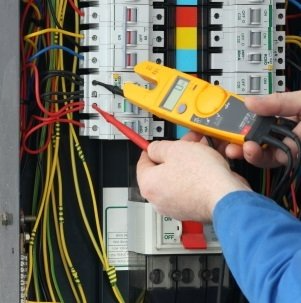
Electrical Fault Finding
Electrical faults in the home can put your family in serious danger if the problem is not isolated and repaired promptly. On average in the uk, there are 11 worker deaths per year from electrical faults, so you can see the risk these faults can put your family in.
Usually, when you have electrical faults in your home, the specific circuit breaker where the fault is present will trip and cut the electricity off to it. Sometimes this isn’t the case, however, and the main switch for power to your entire house might trip instead. Fault finding can help you to identify the problem circuit and allow you to return electricity elsewhere.
Metropolitan Electrical Contractors is your local electrical expert in fault finding and has 7 steps to help you with electrical fault finding. These electrical fault finding techniques can prevent your family from being harmed or your home being damaged by an electrical.
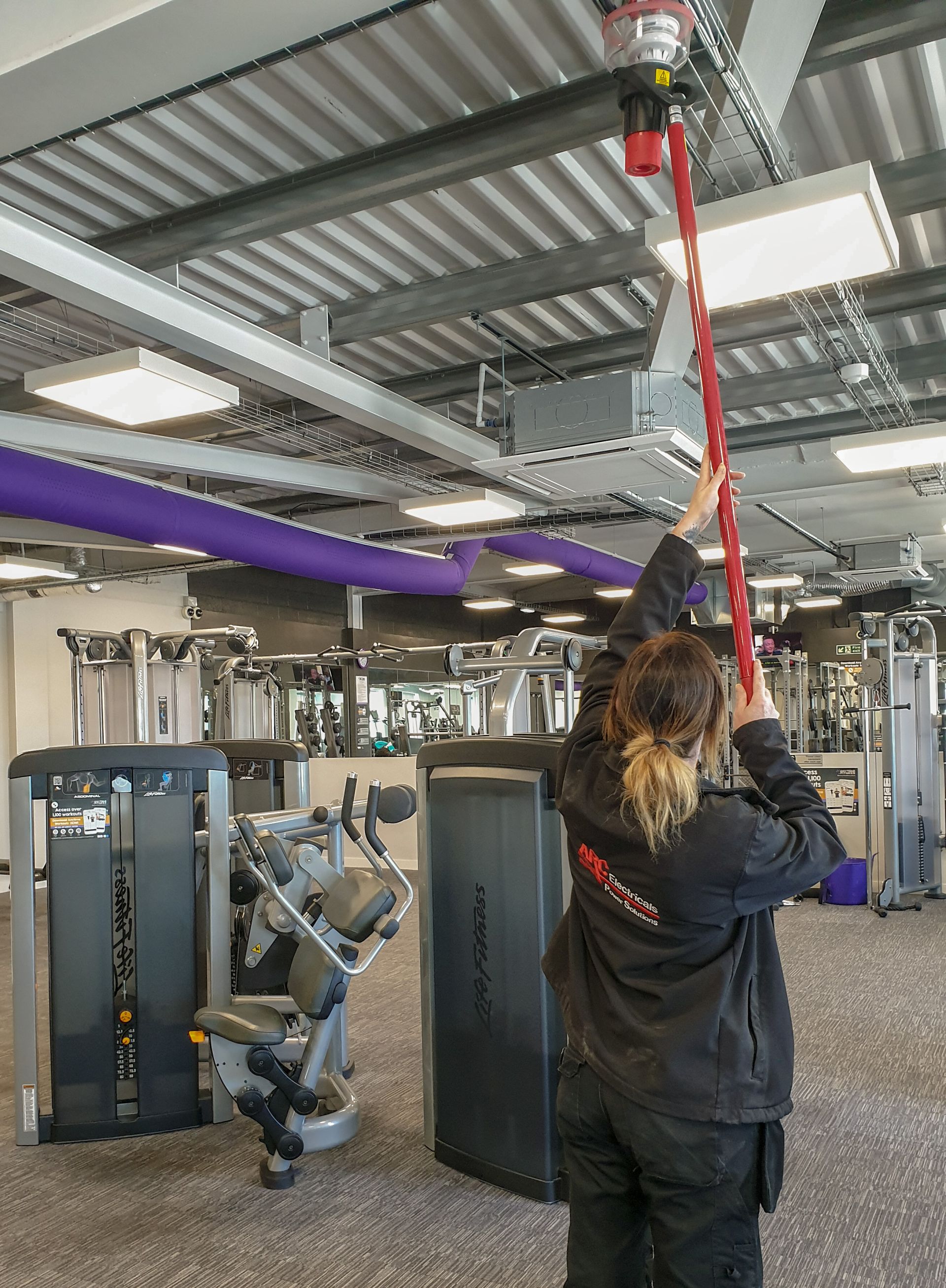
Installation/Testing
How often should a fire alarm be tested in commercial premises?
The Regulatory Reform (Fire Safety) Order 2005 [FSO], in article 13 subsection 1, requires that where necessary (whether due to the features of the premises, the activity undertaken there, any hazard present or any other relevant circumstances) in order to ensure the safety of relevant persons, it is a legal requirement that the responsible person must ensure that the premises are, to the extent that it is appropriate, equipped with appropriate fire detectors and alarms. In subsection three, it states that the persons nominated to implement these measures, and to maintain them, must be a competent person. However, a responsible person (or person appointed by the responsible person) can carry out testing of the fire alarm system after being trained to do so correctly.
What are the different types of fire alarm systems?
There are a two main types of fire alarm systems available. These are manual and automatic.
The manual fire alarm system requires a person to activate the fire alarm by a manual call point (outstation), which will register on the fire alarm panel (master station). The outstations are required to be located on escape routes and fire exits, with additional outstations in higher risk areas such as plant rooms, commercial kitchens and laundries.
An automatic fire alarm system is activated automatically by either smoke or heat detection and will also have the ability for a user to manually raise the alarm by an outstation, which again will register on the master station.
Fire alarm systems in commercial or business premises are available as two variants, conventional or addressable. Firstly, a conventional fire alarm system will see a detected fire (whether by automatic fire detection systems or the activation of a fire alarm manual call point) registered on the fire alarm control panel as in one of the identified zones, such as the ground floor, warehouse or plant room, depending on how the system was designed and installed. The second type is an addressable fire alarm system, where a detected fire (whether by automatic fire detection systems or the activation of a fire alarm manual call point) is registered on the fire alarm control panel as a specific location or address within a zone, such as via an automatic smoke detector in the ground floor boiler room, or a fire alarm manual call point by the ground floor rear fire exit.
The type of fire alarm system required in your premises should be identified within the current fire risk assessment.
What is the frequency for testing my fire alarm system?
The relevant British Standard with regards to the testing of a fire alarm system is BS 5839-6: 2019 Fire detection and fire alarm systems for buildings . In section 25.2 it states that all fire alarm systems in commercial premises need to be tested weekly to ensure that there has not been any major failure, and that the fire alarm system is in working order. To do this, firstly a list of all outstations within the premises must be created, as each one should be tested in a rotational order, ensuring that all locations are tested regularly. In smaller premises, it is acceptable to test just one location each week - so for example within a premises where there are a small number of outstations, these could all be tested over a two month period in rotational order. In larger premises, it may be more appropriate to test two or three outstations each week, to ensure all devices are tested over the same length of time.
Do I need to be trained to test fire alarms?
BS 5839-6: 2019 section 25.1 states that the testing of a fire alarm does not require any specialist knowledge, and can normally be carried out quite easily. However, it may be appropriate for a competent person to provide initial instruction in the testing of a fire alarm system for this to carried out diligently. The FSO, in part 1 subsection 3, defines the responsible person “in relation to a workplace” as “the employer, if the workplace is to any extent under his control, or in relation to any other premises, the person who has control of the premises (as occupier or otherwise) in connection with the carrying on by him of a trade, business or other undertaking (for profit or not); or the owner, where the person in control of the premises does not have control in connection with the carrying on by that person of a trade, business or other undertaking”.
Who should test the fire alarm system?
BS 5839-6: 2019 section 25.1 also states that the testing of a fire alarm can normally be carried out by the occupier of the premises. This could be the responsible person, as defined in the FSO, or someone designated by the responsible person, such as a property manager. However, both will need simple instructions in how to do so.
How should the testing of the fire alarm system be carried out?
When carrying out the fire alarm test, the following recommendations are applicable:
a) In premises in which the location of the master station is such that the audible fault warning signal could go unnoticed for longer than 24 hours, a special check should be carried out each day to confirm that either the equipment indicates normal operation, or that any fault indication is receiving necessary attention. This inspection need not be recorded. For example, this could be a large site where the main master station is located in a security building at the entrance of the site.
b) Every week, an outstation should be operated. It should be confirmed that the call is correctly received at the master station, and that a short test conversation is clear and intelligible at both master station and outstation. This is done by activating the manual call point, which activates the alarm via the control panel. Once suitably heard, the reset key can be inserted into the call point to reset the device, and the fire alarm can be silenced and reset via the control panel.
c) A different outstation should be used at the time of every weekly test, so that all in the building are tested in rotation.
It is important to note that if the fire alarm is linked to an alarm receiving centre (ARC) that the ARC is contacted immediately before and immediately after the weekly fire test, to ensure unwanted alarms are avoided and that the fire alarm signals are received appropriately.
How should the fire alarm testing be recorded?
The result of the weekly test and the identity of the outstation used should be formally recorded. Ideally, this would be recorded in a fire logbook every week and retained for any future inspection by the local fire and rescue service or any other recognised third party. Any faults or deficiencies identified should be referred to a competent person for investigation and rectification. The FSO defines a competent person as follows:
“A person is to be regarded as competent for the purposes of this article where he has sufficient training and experience or knowledge and other qualities to enable him properly to assist in undertaking the preventive and protective measures. Such competent persons would be suitably trained and qualified fire alarm maintenance contractors, ideally with some form of identifiable 3
Party accreditation.
In accordance to BS 5839-1: 2019, it is essential that the fire alarm system is subject to periodic inspection and servicing, so that any unrevealed faults are identified and addressed to restore the integrity of the system. This periodic inspection and testing should be carried out by a competent person with specialist knowledge of fire detection and alarm systems, and with sufficient information regarding the system and adequate access to replacement parts and components. Competence of a fire alarm servicing company or organisation can be assured by the use of companies registered with organisations providing third party certification or accreditation, such as British Approvals For Fire Equipment (BAFE). The nature of the work that should be carried out annually includes the following:
a manual switch test of every fire alarm manual call point
a functional test of every automatic fire detection device, including automatic smoke detectors, smoke alarms, automatic heat detectors, optical beam detectors, aspirating systems and other similar devices
Although the requirement for this work is to be done annually, the works detailed may be carried out over the course of two or more service visits during a 12 month period.
It would also be necessary for the competent person to identify any deficiencies, such as an inadequate amount of fire alarm manual call points, low audibility of fire alarms in areas and a lack of detection relating to the category of fire alarm installed, as well as any wiring or signal faults identified. It would additionally be necessary to identify any changes in use, layout and construction of the building that may impact on the effectiveness of the system. Any recorded false alarms or faults in the fire logbook should also be investigated and where possible, rectified to completion.
A certificate of conformity and suitability should be issued following any periodic inspection and servicing.
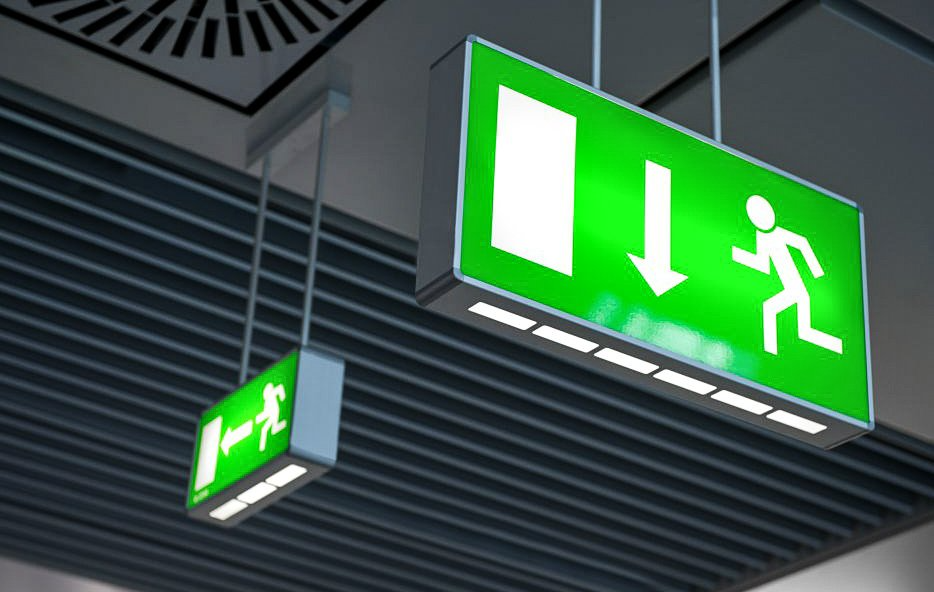
Emergency Lighting System
Design of Systems:
We can assist in the design and costing of suitable emergency lighting systems.
On a Power fail the escape routes need to be illuminated sufficiently to allow a safe evacuation from the premises and illuminate sufficiently the route to be followed including any change of direction, change of level, not forgetting stairways and final exit points inside and outside.
It may be possible to convert or replace existing luminaires into dual-purpose fittings.
The systems should be capable of being tested for periods without turning off the main lighting system.
The testing regime:
Every month the site operators should perform a flick test, using the test switches provided to cut power off to the lights, to make sure the emergency lights illuminate and then record check in the site Emergency Light/ Fire Prevention Log Book.
A Competent Engineer should be called out so defects should be repaired as soon as practicable
Every 12 months a competent Engineer should undertake a full 3 hr battery drain down test and report results in the site Emergency Light/Fire Prevention log book
Engineer to issue a certificate to site showing result
Any repairs needed should be undertaken as soon as possible
What is Emergency Lighting?
Emergency lights are self-contained units that are wired into the mains, but have the benefit of battery backup which enables them to remain illuminated should the mains power fail. The batteries can either be carried within the body of the individual light or accessed by lights via an independent wired circuit. The batteries are kept charged via the mains.
What the business is about
RELIABLE ELECTRICIANS Specializing in residential, commercial and industrial electrical services, we are dedicated to providing customer service that is second to none. We can get the job done right. We provide you with a full consultation to explain your available options so that you can choose the scope of





Contact us
Call Us Email UsBusiness Hours
- Mon - Fri
- -
- Saturday
- Appointment only
- Sunday
- Closed
Address
Get in touch
Contact Us
We will get back to you as soon as possible
Please try again later

